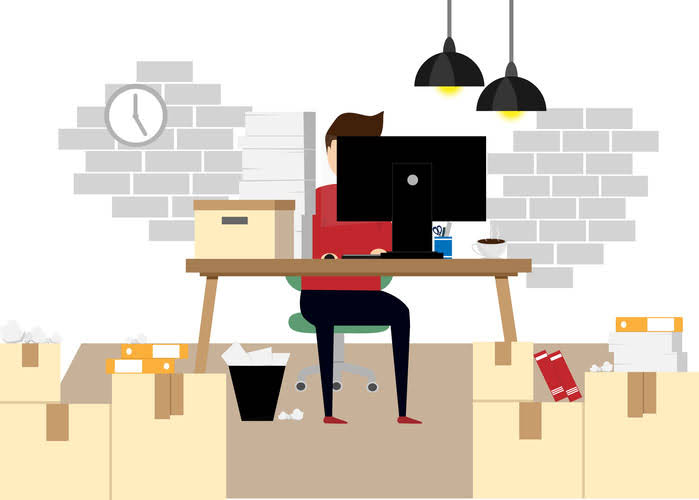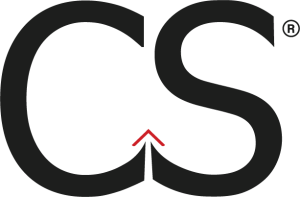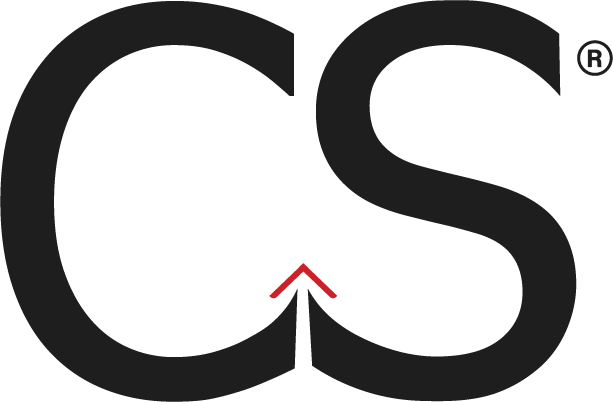
Modern cost accounting is thought to have started during the Industrial Revolution, which began in Great Britain in the late 1700s and spread to the United States around 1820. Variable costs fluctuate from month to month or project to project depending on factors such as seasonality or demand for a product or service. By correlating expenses, companies can also determine which activities generate a higher return on investment than others, allowing for better resource allocation and budgeting decision-making.
Cost Accounting Explained: Definitions, Types, and Practical Examples
- Businesses use CVP analysis to decide pricing, output levels, and mix of products and services.
- It provides valuable insight into resource utilization and cost assignment, allowing businesses to make better products and resource allocation decisions.
- For example, if a company chooses to outsource labor overseas, it may not consider the cost of transporting goods or any potential environmental damage caused by its operations.
- The cost required to convert raw material into product is called as conversion cost.
- It allows companies to track expenses and profits, making it easier to manage finances and stay competitive.
The main advantages of using the CAM include its ability to help businesses make informed decisions about allocating resources https://www.bookstime.com/ and forecasting future cash flow needs. It helps ensure that money is being spent efficiently and enables companies to make better-informed decisions about cutting costs or increasing revenues. Modern methods of cost accounting emerged in the manufacturing industries in the early days of the Industrial Revolution, though its advantages helped it spread to other types of business.
- To price products and services accurately, companies need to know how much it costs them to produce them.
- With this free tool, you can prioritize tasks by adding multiple projects and tasks, set time estimates, and filter them to know which ones to prioritize.
- As a result these items are not reported among the assets appearing on the balance sheet.
- By understanding and tracking both types of expenses, a company can better understand its overall costs and make more informed decisions about generating revenue.
- The cost accountant’s job is essential, and keeping up with all the changes in their field can be challenging.
- For instance, a company with a limited production capacity needs to choose the production of toy cars over toy frogs, considering the higher profit involved in it.
- Again, reporting revenues when they are earned results from the basic accounting principle known as the revenue recognition principle.
Introduction to Cost Accounting: Definition, Importance, and Key Concepts

Accounting helps businesses track and monitor their finances, contributing to long-term viability. Data from cost sheets prepared for various periods can be used to compare the costs of the same product or service over time. This post provides an overview of the basics of cost accounting, tips for getting started, and tricks for improving efficiency and accuracy. In practice, these assumptions may only sometimes be accurate, but they provide a framework for allocating costs across different stages of production.
- The rapidly evolving technological landscape and changes in industrial practices necessitate continuous adaptation in cost accounting methods.
- Indirect costs, also known as overhead, can’t be directly traced to specific products or services.
- A current asset representing the cost of supplies on hand at a point in time.
- If the net realizable value of the inventory is less than the actual cost of the inventory, it is often necessary to reduce the inventory amount.
- This is a visual representation of all the components and processes required to manufacture a product or deliver a service.
Standard Costing- Cost Accounting
The main goal of lean accounting is to improve financial contra asset account management practices within an organization by promoting waste minimization and productivity optimization. While cost and financial accounting are essential tools for decision-making, they serve different purposes. They should be used together to get a complete picture of a company’s financial situation. Cost accountants should be familiar with all cost accounting methods and software programs that support cost accounting functions. Using cost accounting, businesses may be able to identify new efficiencies to save money.

Difficulties in calculating variable costs

Companies can use production schedules in various industries, including manufacturing, agriculture, and service. It helps businesses account for revenue and costs, which can help companies to make better business decisions. Here, only variable costs cost accounting basics are considered as production costs, while fixed costs are treated as period costs that must be covered by the overall contribution margin. This provides clarity about how costs behave at different levels of production.


